ACER Workshop on the ACER Decisions on proposals for a harmonised cross-zonal electricity capacity allocation methodology and RCCs tasks of sizing and procurement
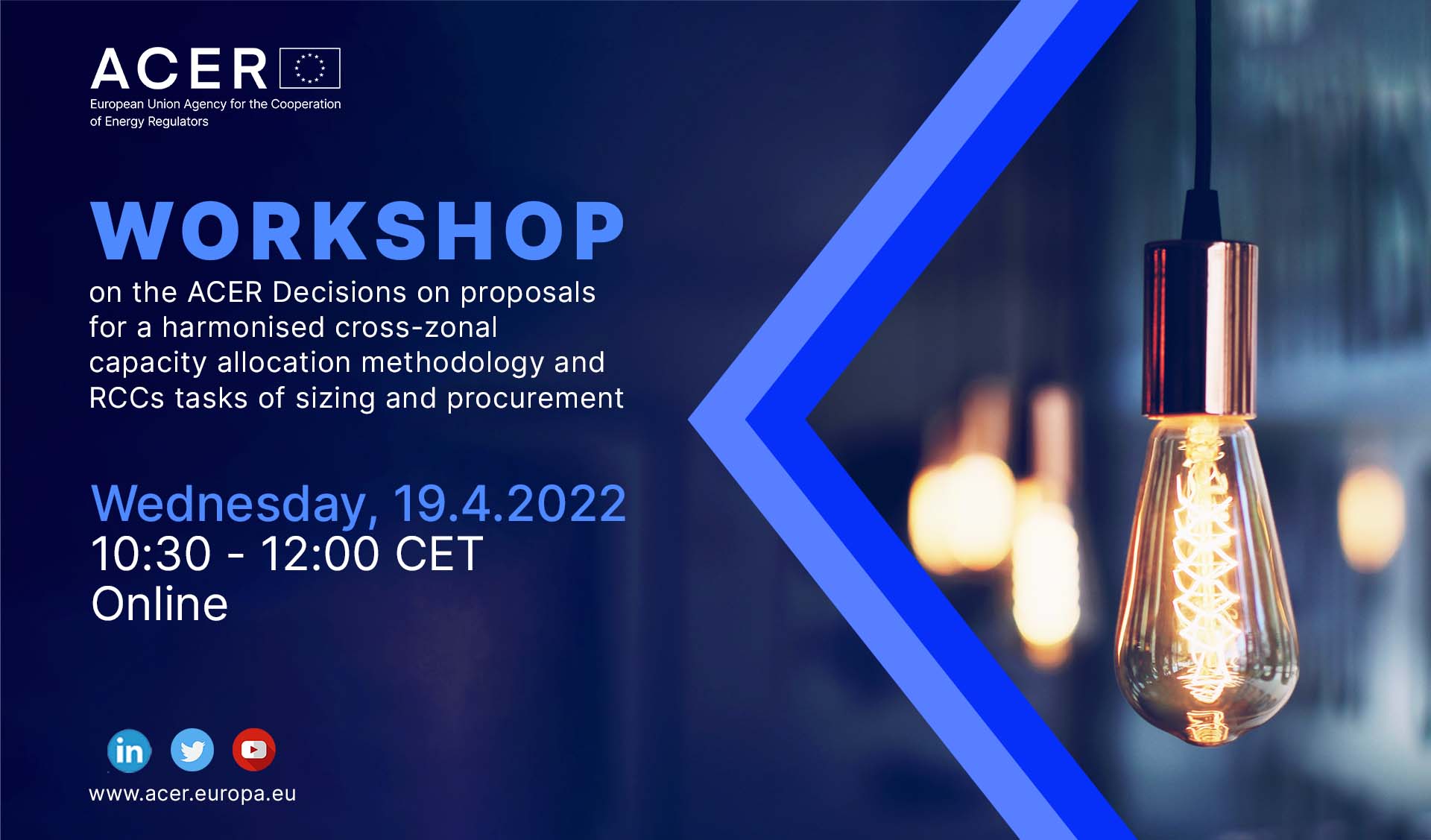

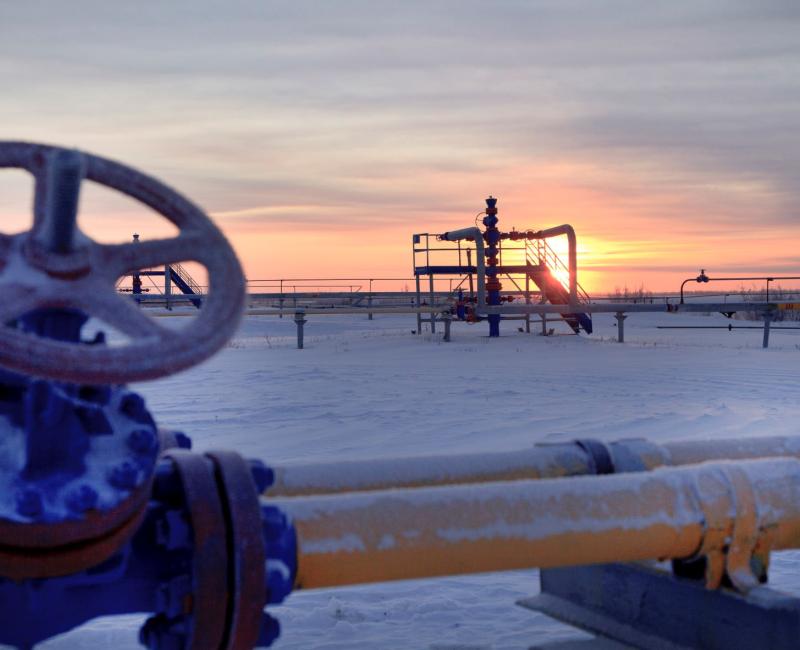
ACER assesses the proposed methodology to calculate tariffs, including:
The Agency observes that improvements on the proposed transmission tariffs can be achieved based on the provisions of the EU Network Code on Gas Transmission Tariffs and provides some recommendations to the Belgian national regulatory authority CREG.
ACER recommends to CREG to:
Access the report on the Belgian gas tariffs.
Access all ACER reports on national tariff consultation documents.
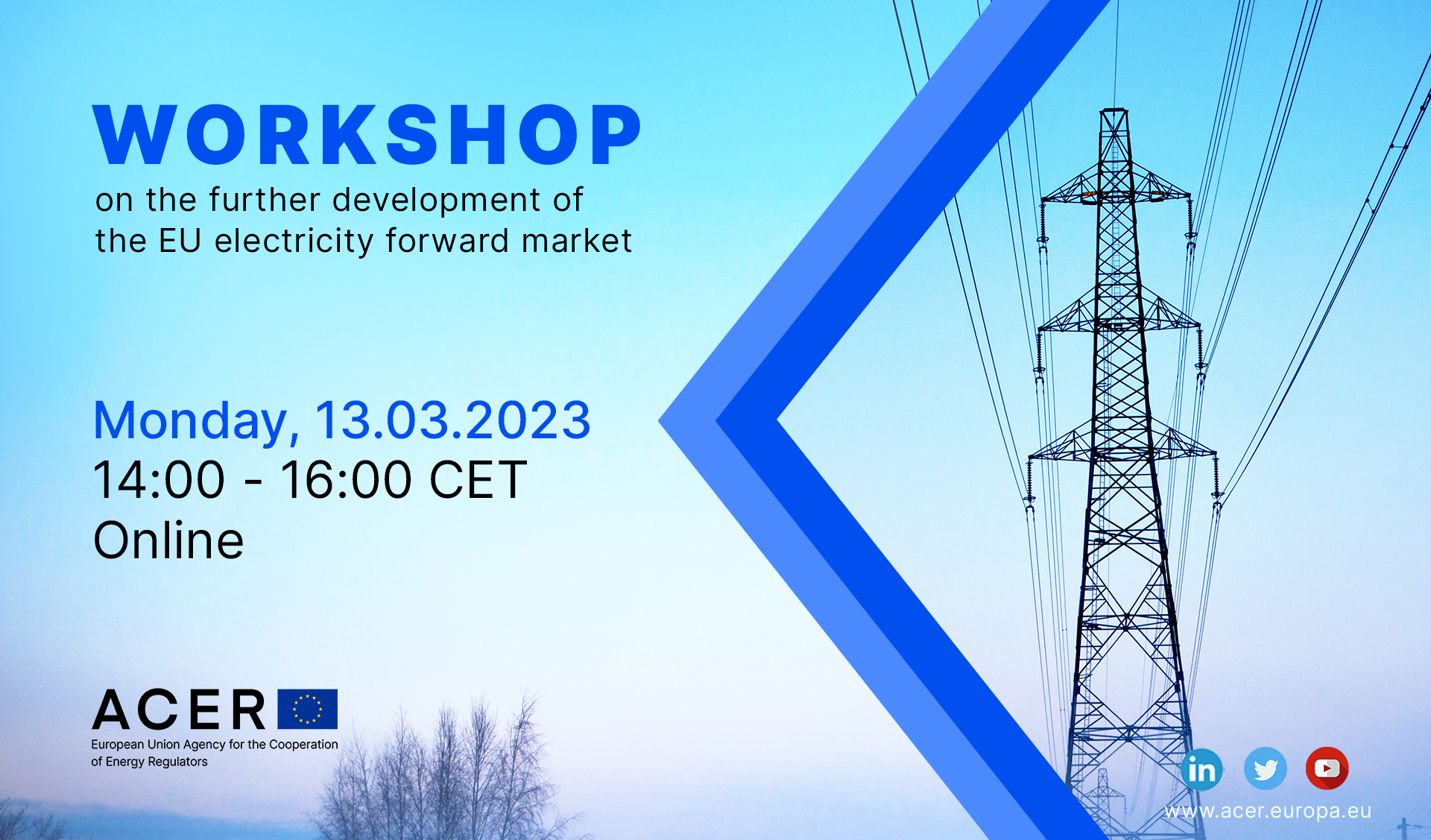
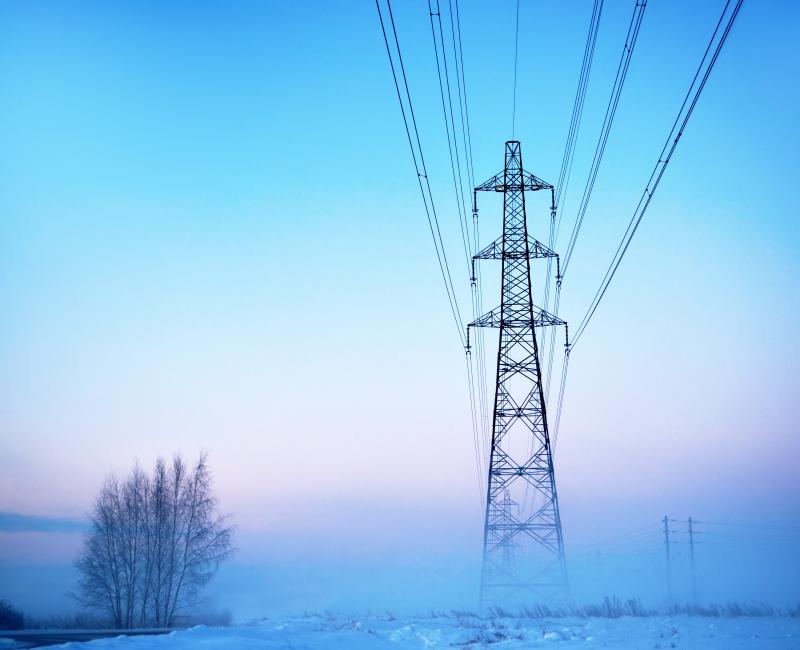
ACER’s policy paper on the further development of the EU electricity forward market:
This policy paper serves as ACER’s key recommendations on how to change the Forward Capacity Allocation Regulation.
In the electricity forward market, market participants can trade electricity up to multiple years ahead of its delivery allowing them to protect or hedge themselves against future price fluctuations. Currently, with the exception of the Nordic region, each zone has its own market, bridged by transmission rights issued by the transmission system operators (TSOs). This leads to a fragmented and unequal distribution of the liquidity amongst the different national markets. Unlike the day-ahead and intraday markets, the EU forward market does not work as a single integrated EU market.
While this problem has been partially addressed in the short term markets through the allocation of cross zonal capacities, ACER identified scope to vastly improve long term forward markets.
ACER proposes a set of changes to improve the functioning of the EU electricity forward market:
The recommended policy options are ACER’s proposal for changes to the Regulation on Forward Capacity Allocation. To continue the revision process of this Regulation, the European Commission could request ACER to make a recommendation that would list the proposed amendments. Following the issuance of such recommendation, the European Commission could initiate the comitology phase.
To present its policy paper, ACER organises a workshop on 13 March 2023.
Access the ACER’s policy paper on the further development of the EU electricity forward market.
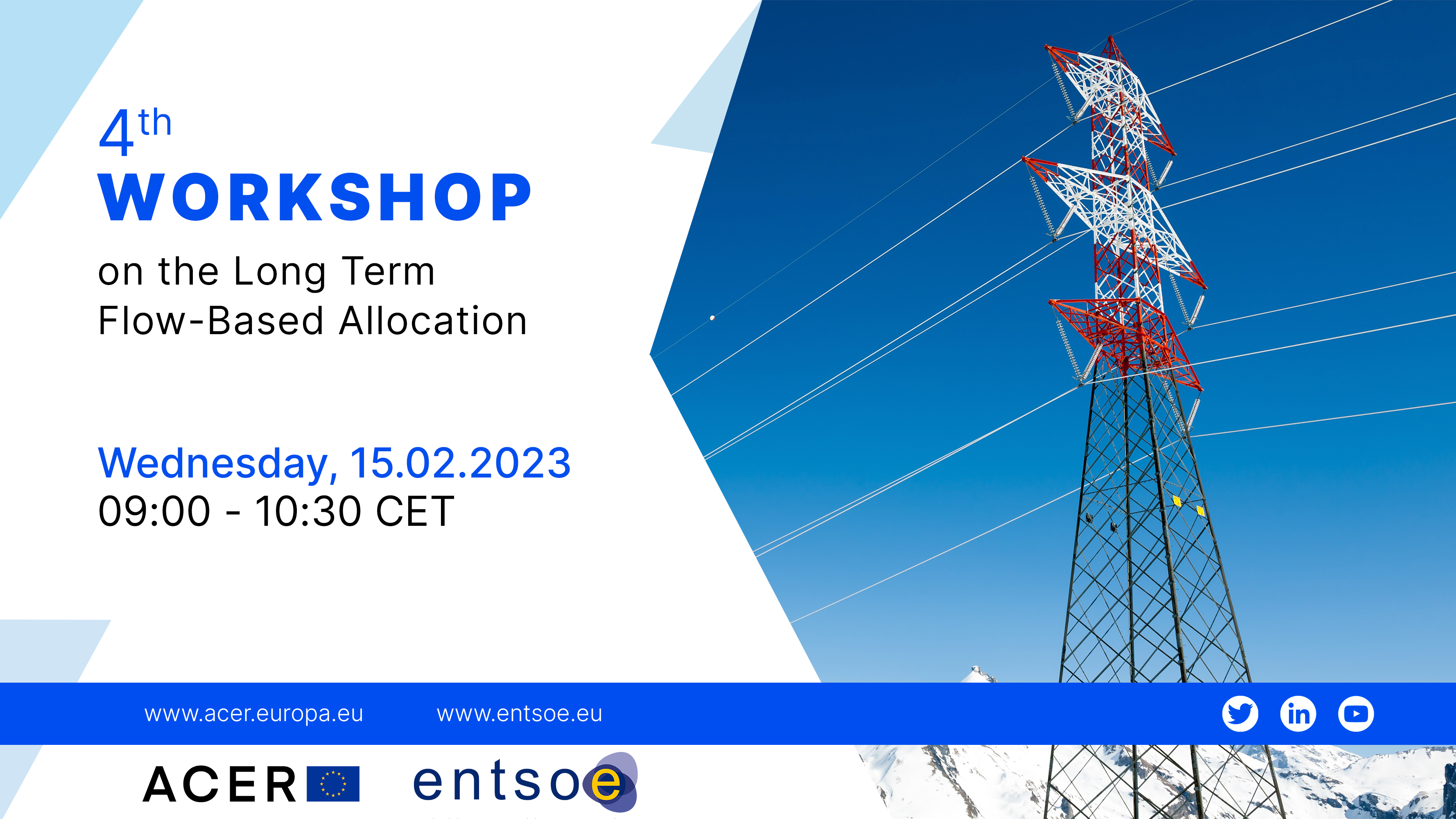
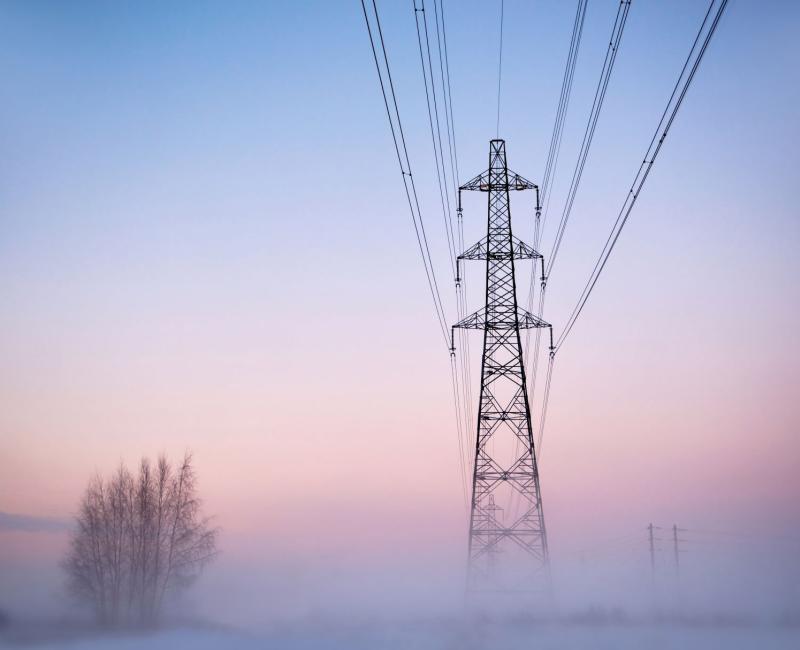
ACER launches today a targeted consultation on draft amendments to the association documents of the European Network of Transmission System Operators for Electricity (ENTSO-E).
ACER is seeking views from stakeholder organisations, in particular organisations representing the system users, including customers.
In order to make an informed assessment ACER invites stakeholder organisations to submit their comments by 17 February 2023. ACER has two months to provide an opinion to the European Commission.

REMIT (Regulation on Wholesale Energy Market Integrity and Transparency) provides the EU framework for the transparency and integrity of energy markets and deters market participants from manipulating the market. Thus, it has an important role in protecting the interests of companies and consumers and ensuring trust in energy markets.
The REMIT Quarterly is ACER’s main channel of communication with stakeholders on REMIT-related matters, providing updates on ACER’s REMIT activities.
The 31st edition covers the last quarter of 2022 and features:
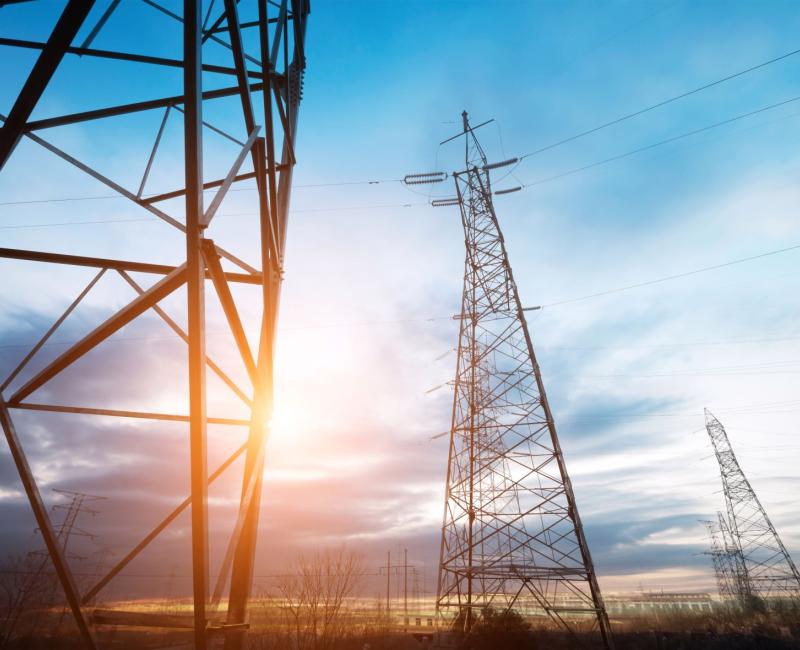
Every two years, ACER publishes a practice report on electricity transmission and distribution tariff methodologies.
This third edition of ACER’s electricity network tariffs report:
Network tariffs recover the costs to grid operators in developing and operating transmission and distribution networks, which assets are playing a key role in the energy transition.
Network tariffs are designed at national level in multiple ways. Regulators seek to find the right balance between various tariff-setting principles such as cost recovery, cost reflectivity, efficiency, non-discrimination, transparency, non-distortion, simplicity, stability, predictability and sustainability. The integration of renewables, increased demand via electrification, a more active role of network users and affordability in the context of the energy crisis all add further complexity. Hence, the need for ACER’s regular assessment of whether the tariff methodologies continue to be appropriate.
National regulatory authorities (NRAs) are required to take ACER’s report into consideration when fixing or approving transmission or distribution tariffs, or their methodologies.
The Report provides recommendations to the NRAs:
The report also reiterates previous ACER recommendations (e.g. on frequency of setting tariff methodologies and updating tariff values, stakeholder involvement, transparency and structure of tariffs).
ACER plans to: